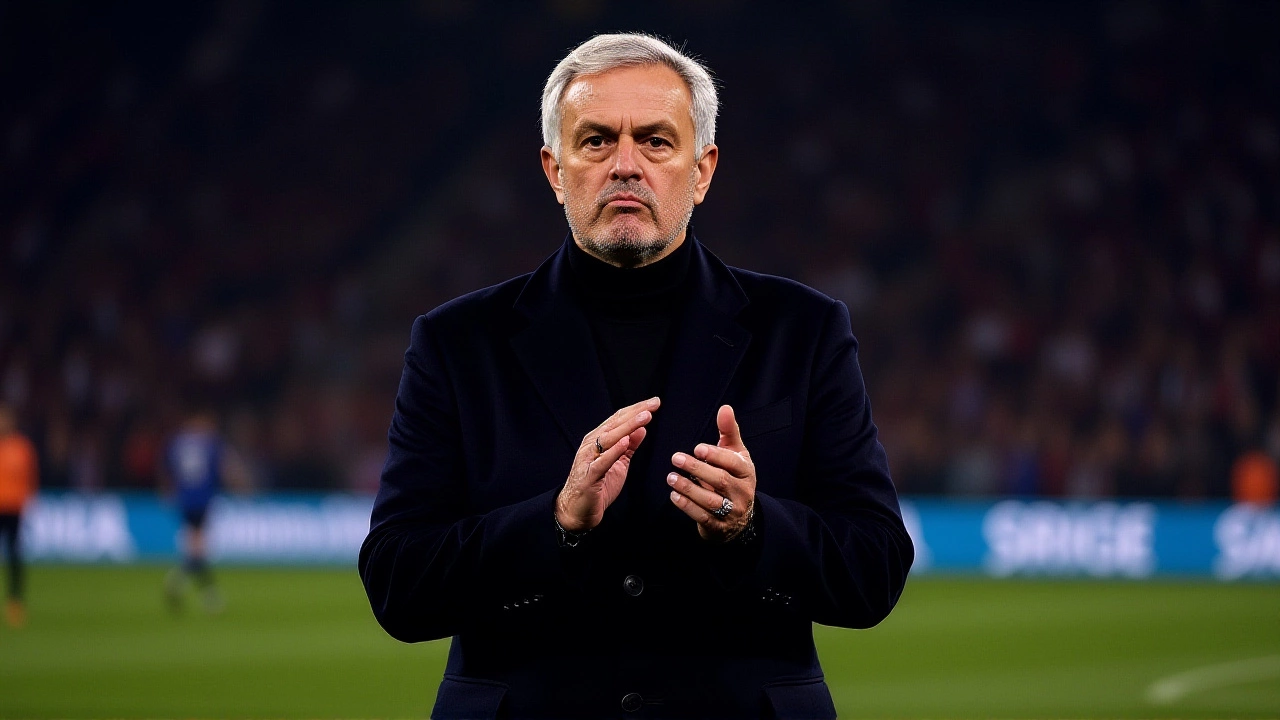Chelsea Football Club – News, Injuries and Upcoming Matches
When talking about Chelsea, a top‑flight English football club based in London. Also known as Chelsea FC, it competes in the Premier League and regularly chases European glory.
Chelsea encompasses a squad that blends experience with youthful promise. The club’s success hinges on player fitness, tactical flexibility and the ability to win crucial games in the Champions League, Europe’s premier club competition. When key players miss training, the whole plan shifts – injuries become a strategic challenge that the coaching staff must manage daily.
Current injury landscape and recovery timelines
One of the biggest stories this season revolves around Romeo Lavia, a promising midfield talent sidelined with a mysterious muscle issue. Lavia’s absence forces the manager to reshuffle the midfield, often pulling a less‑tested player into a high‑pressure role.
Another key name is Nicolas Jackson, the club’s striker who recently returned to training after a layoff. While he can train, his match‑sharpness still needs fine‑tuning, so the coaching team monitors his intensity very closely.
Winger Noni Madueke, a pace‑driven attacker recovering from a hamstring strain shows signs of a quicker comeback. His speed on the flanks could be the missing piece in the next Champions League tie, provided his rehab goes as planned.
These three players illustrate a clear semantic link: Chelsea requires healthy squad members to execute its game plan; injuries demand precise medical assessment; and timely recoveries enable the team to stay competitive in domestic and European fixtures. In short, injury updates directly influence the club’s tactical approach and its chances of advancing in the Champions League.
The club’s medical department follows a structured protocol: diagnose, treat, rehabilitate, and finally re‑integrate. This process mirrors a typical sports‑medicine workflow and ensures that each player’s return is based on objective data rather than optimism. For fans, understanding these steps demystifies why a player might train but still sit out of a match.
Beyond the medical side, the coaching staff – led by Enzo Maresca – adapts training drills to accommodate recovery schedules. Maresca often rotates the squad during the international break, giving fringe players a chance to impress while the injured stars heal. This rotation strategy has become a common practice among top clubs aiming to keep the squad fresh for both league and Champions League commitments.
Looking ahead, the next fixture against Arsenal will test how well Chelsea can field a near‑full strength eleven. If Lavia, Jackson and Madueke all return on time, the team gains a balanced midfield, a potent striker and a dynamic winger – a combo that historically boosts goal‑scoring chances. If any of them remain unavailable, the manager will need to rely on backup options, which could affect the club’s tactical flexibility.
In the broader picture, Chelsea’s injury situation reflects a universal challenge in elite football: maintaining peak performance while managing player health. Clubs with deeper squads can absorb setbacks more easily, but even they must plan meticulously to stay on course in the Champions League.
Below you’ll find a curated list of recent articles that dive deeper into each player’s status, the club’s recovery strategies, and what the upcoming matchups might mean for Chelsea’s season. Whether you’re a die‑hard fan or just curious about how top clubs handle injuries, the posts ahead offer practical insights and up‑to‑date information.

Chelsea snapped a winless start to the Champions League with a 1‑0 victory over Benfica at Stamford Bridge, while José Mourinho's emotional return ended in an own‑goal defeat.
Read More